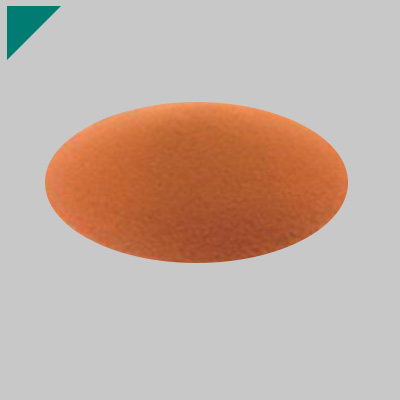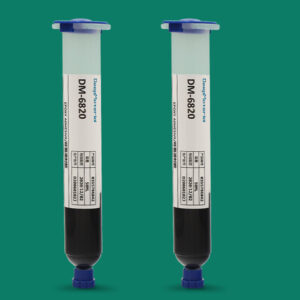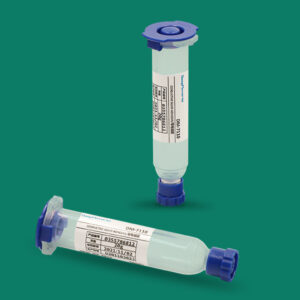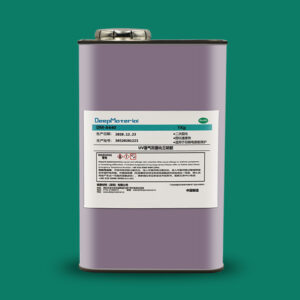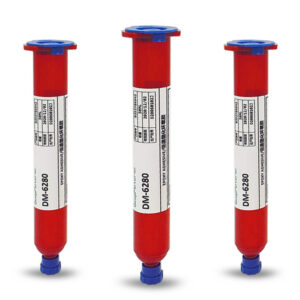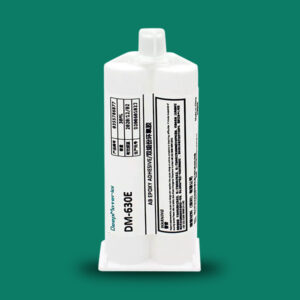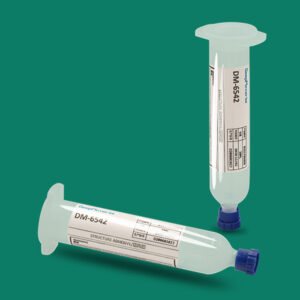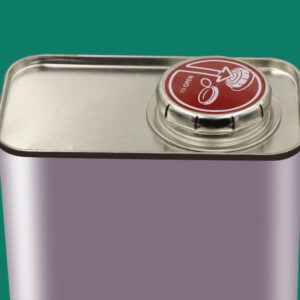Extinguishing Agents: A Comprehensive Guide to Fire Suppression Solutions
Extinguishing Agents: A Comprehensive Guide to Fire Suppression Solutions
What Are Extinguishing Agents?
Extinguishing agents are substances used to suppress or extinguish fires by interfering with the fire tetrahedron—the four elements required for combustion: fuel, oxygen, heat, and a chemical chain reaction. By removing or disrupting one or more of these elements, extinguishing agents stop the fire’s progression. These agents can be delivered through portable fire extinguishers, fixed suppression systems, or specialized firefighting equipment, depending on the fire’s nature and environment.
How Extinguishing Agents Work
Each agent targets one or more aspects of the fire tetrahedron:
- Cooling: Absorbs heat to lower the fire’s temperature below its ignition point.
- Smothering: Reduces oxygen supply to starve the fire.
- Chemical Inhibition: Interrupts the combustion chain reaction.
- Fuel Isolation: Separates the fuel source from the fire.
The choice of agent depends on the fire class (e.g., Class A for ordinary combustibles, Class B for flammable liquids, etc.), the environment, and safety requirements.
 Types of Extinguishing Agents
Types of Extinguishing Agents
Extinguishing agents are categorized based on their composition and mechanism. Below are the primary types, along with their properties and applications:
- Water-Based Agents
- Description: Water is the oldest and most common extinguishing agent, used primarily for Class A fires (wood, paper, textiles).
- Mechanism: Cools the fire by absorbing heat and evaporating, reducing the temperature below the ignition point.
- Types:
- Plain Water: Used in hoses or sprinklers.
- Water Mist: Fine droplets increase surface area for better cooling and oxygen displacement.
- Water Additives: Enhanced with wetting agents or foam concentrates for improved penetration.
- Applications: Residential, commercial, and industrial settings for Class A fires.
- Advantages: Inexpensive, widely available, non-toxic.
- Disadvantages: Ineffective for Class B (flammable liquids) or Class E (electrical) fires; can cause water damage.
- Foam Agents
- Description: Foam agents combine water with foam concentrates to create a blanket that smothers fires and cools fuel surfaces.
- Mechanism: Forms a barrier to block oxygen and prevent fuel vapor release, effective for Class A and B fires.
- Types:
- Aqueous Film-Forming Foam (AFFF): Ideal for flammable liquid fires.
- Protein Foam: Used in industrial settings for hydrocarbon fires.
- Alcohol-Resistant Foam (AR-AFFF): Effective for polar solvents like ethanol.
- Applications: Airports, oil refineries, chemical plants.
- Advantages: Versatile, effective for liquid fires, long-lasting suppression.
- Disadvantages: Environmental concerns (e.g., PFAS in AFFF), costly cleanup.
- Dry Chemical Agents
- Description: Powder-based agents, typically sodium bicarbonate or monoammonium phosphate, used in portable extinguishers.
- Mechanism: Interrupts the chemical chain reaction and smothers the fire.
- Types:
- ABC Dry Chemical: For Class A, B, and C (electrical) fires.
- BC Dry Chemical: For Class B and C fires only.
- Applications: Homes, offices, industrial facilities, vehicles.
- Advantages: Versatile, effective for multiple fire classes, compact.
- Disadvantages: Residue can damage equipment, inhalation risks.
- Carbon Dioxide (CO2)
- Description: A clean, gaseous agent that displaces oxygen to extinguish fires.
- Mechanism: Smothers the fire by reducing oxygen levels and cooling slightly.
- Applications: Class B and C fires, electrical equipment, server rooms.
- Advantages: Leaves no residue, non-conductive, effective for enclosed spaces.
- Disadvantages: Ineffective in open areas, asphyxiation risk in confined spaces.
- Halon and Clean Agents
- Description: Gaseous agents like Halon, FM-200, and Novec 1230 that inhibit combustion chemically.
- Mechanism: Interrupt the chemical chain reaction without depleting oxygen.
- Types:
- Halon: Phased out due to ozone depletion but still used in some legacy systems.
- FM-200 (HFC-227ea): A common Halon replacement for data centers.
- Novec 1230: A sustainable clean agent with low environmental impact.
- Applications: Data centers, museums, aircraft, sensitive electronics.
- Advantages: Clean, non-conductive, minimal damage to assets.
- Disadvantages: High cost, requires sealed environments for effectiveness.
- Dry Powder (Class D)
- Description: Specialized powders like sodium chloride or copper-based agents for Class D fires (combustible metals).
- Mechanism: Smothers and absorbs heat, forming a crust over the metal.
- Applications: Metalworking facilities, laboratories, aerospace.
- Advantages: Effective for niche, high-risk fires.
- Disadvantages: Limited to Class D, costly, specialized training needed.
- Wet Chemical Agents
- Description: Potassium-based solutions for Class K (kitchen) fires involving cooking oils and fats.
- Mechanism: Cools and saponifies oils, creating a foam barrier to prevent reignition.
- Applications: Commercial kitchens, restaurants.
- Advantages: Highly effective for grease fires, safe for kitchen environments.
- Disadvantages: Limited to Class K, requires cleanup.
Applications of Extinguishing Agents
Extinguishing agents are selected based on the fire suppression and environment. Here’s how they’re applied:
- Class A (Ordinary Combustibles): Water, foam, and ABC dry chemical are ideal for wood, paper, and textiles in homes or offices.
- Class B (Flammable Liquids): Foam, CO2, and dry chemical agents work well for gasoline, oil, or solvent fires in industrial settings.
- Class C (Electrical): CO2, clean agents, and dry chemical (ABC or BC) are non-conductive, safe for electrical equipment.
- Class D (Metals): Dry powder agents are used in specialized industries like aerospace or metalworking.
- Class K (Kitchen): Wet chemical agents are standard in commercial kitchens.
- Class E (Electrical, Australia-specific): CO2 and clean agents are preferred to avoid conductivity risks.
Applications range from portable extinguishers in homes to fixed systems in data centers, ensuring fire safety across diverse settings.
Key Features of Extinguishing Agents
When evaluating extinguishing agents, certain features determine their suitability:
- Fire Class Compatibility
- Benefit: Ensures the agent is effective for the specific fire type.
- Example: ABC dry chemical for multi-class fires.
- Environmental Impact
- Benefit: Minimizes harm to ecosystems and human health.
- Example: Novec 1230 has zero ozone depletion potential (ODP).
- Residue and Cleanup
- Benefit: Clean agents like CO2 or FM-200 leave no residue, ideal for sensitive equipment.
- Example: Dry chemical agents require extensive cleanup due to powder residue.
- Safety for Occupants
- Benefit: Non-toxic agents like water or Novec 1230 are safer in occupied spaces.
- Example: CO2 poses asphyxiation risks in confined areas.
- Delivery Mechanism
- Benefit: Matches the agent to the delivery system (e.g., portable extinguisher, sprinkler).
- Example: Foam agents work well in fixed systems for large-scale fires.
Choosing the Right Extinguishing Agent
Selecting the appropriate extinguishing agent involves several considerations:1. Fire Risk Assessment
- Identify the types of fires likely in your environment (e.g., Class A in offices, Class B in fuel depots).
- Tip: Conduct a fire hazard analysis with a professional.
- Environmental Conditions
- Consider temperature, ventilation, and space constraints.
- Tip: Use CO2 or clean agents in enclosed areas, foam in open spaces.
- Regulatory Compliance
- Ensure agents meet standards like NFPA, UL, or local fire codes.
- Tip: Verify compliance with environmental regulations (e.g., EPA for clean agents).
- Cost vs. Effectiveness
- Balance upfront costs with long-term benefits like reduced cleanup or equipment damage.
- Tip: Clean agents are pricier but ideal for high-value assets.
- Training Requirements
- Ensure staff are trained to use the agent safely and effectively.
- Tip: Dry chemical and CO2 extinguishers require minimal training.
Leading Manufacturers and Suppliers
Several companies excel in producing extinguishing agents and systems:
- Kidde
- Overview: A global leader in fire safety, based in Mebane, North Carolina.
- Products: ABC dry chemical, CO2, and wet chemical extinguishers.
- Strengths: Wide product range, reliable performance, affordable.
- Amerex
- Overview: Based in Trussville, Alabama, known for high-quality extinguishers.
- Products: Dry chemical, foam, and Class D agents.
- Strengths: Durable designs, extensive certifications.
- 3M (Novec 1230)
- Overview: A pioneer in clean agents, based in St. Paul, Minnesota.
- Products: Novec 1230 for data centers and sensitive environments.
- Strengths: Eco-friendly, high performance.
- Chemours (FM-200)
- Overview: A leader in clean agent technology, based in Wilmington, Delaware.
- Products: FM-200 for electronics and high-value assets.
- Strengths: Fast suppression, minimal residue.
- Ansul
- Overview: A division of Tyco, based in Marinette, Wisconsin, specializing in industrial fire suppression.
- Products: Foam, dry powder, and wet chemical systems.
- Strengths: Robust systems for high-risk industries.
Environmental Considerations
Environmental concerns are shaping the use of extinguishing agents:
- Halon Phase-Out: Banned due to ozone depletion, replaced by eco-friendly clean agents.
- PFAS in Foam: AFFF contains per- and polyfluoroalkyl substances (PFAS), linked to environmental and health risks. Fluorine-free foams are gaining traction.
- Clean Agents: Novec 1230 and FM-200 have low global warming potential (GWP) and zero ODP, making them sustainable choices.
- Regulations: Compliance with EPA, REACH, and Montreal Protocol is critical.
Choosing eco-friendly agents like Novec 1230 or fluorine-free foams aligns with global sustainability goals.
Emerging Trends in Extinguishing Agents
The fire suppression industry is evolving to meet modern demands:
- Fluorine-Free Foams: Replacing PFAS-based foams with biodegradable alternatives.
- Smart Suppression Systems: IoT-enabled systems monitor fire risks and optimize agent deployment.
- Hybrid Agents: Combining water mist with clean agents for enhanced effectiveness.
- Sustainable Manufacturing: Using recycled materials and low-emission production processes.
- Nanotechnology: Developing advanced agents with nanoparticles for faster suppression.
These trends reflect a focus on safety, efficacy, and environmental responsibility.
Practical Considerations for Using Extinguishing Agents
To maximize effectiveness, follow these best practices:
- Regular Inspections: Check extinguishers and systems for pressure, seals, and expiration.
- Training: Ensure staff are trained in proper use and safety protocols.
- Storage: Store agents in cool, dry areas to prevent degradation.
- Maintenance: Schedule professional servicing per NFPA guidelines.
- Emergency Planning: Integrate agents into a comprehensive fire safety plan.
 Conclusion
Conclusion
Extinguishing agents are the backbone of fire suppression, offering tailored solutions for diverse fire risks. From water and foam to clean agents and dry powders, each type plays a critical role in protecting lives and property. By understanding their properties, applications, and environmental impacts, you can select the right agent for your needs. Leading manufacturers like Kidde, Amerex, and 3M provide reliable options, while trends like fluorine-free foams and smart systems promise a safer, greener future. Whether you’re safeguarding a home, office, or industrial facility, choosing the right extinguishing agent is a vital step toward comprehensive fire safety. Invest in quality agents, train your team, and stay informed about regulations to ensure your fire suppression strategy is effective and sustainable.
For more about extinguishing agents: a comprehensive guide to fire suppression solutions, you can pay a visit to DeepMaterial at https://www.epoxyadhesiveglue.com/category/epoxy-adhesives-glue/ for more info.



